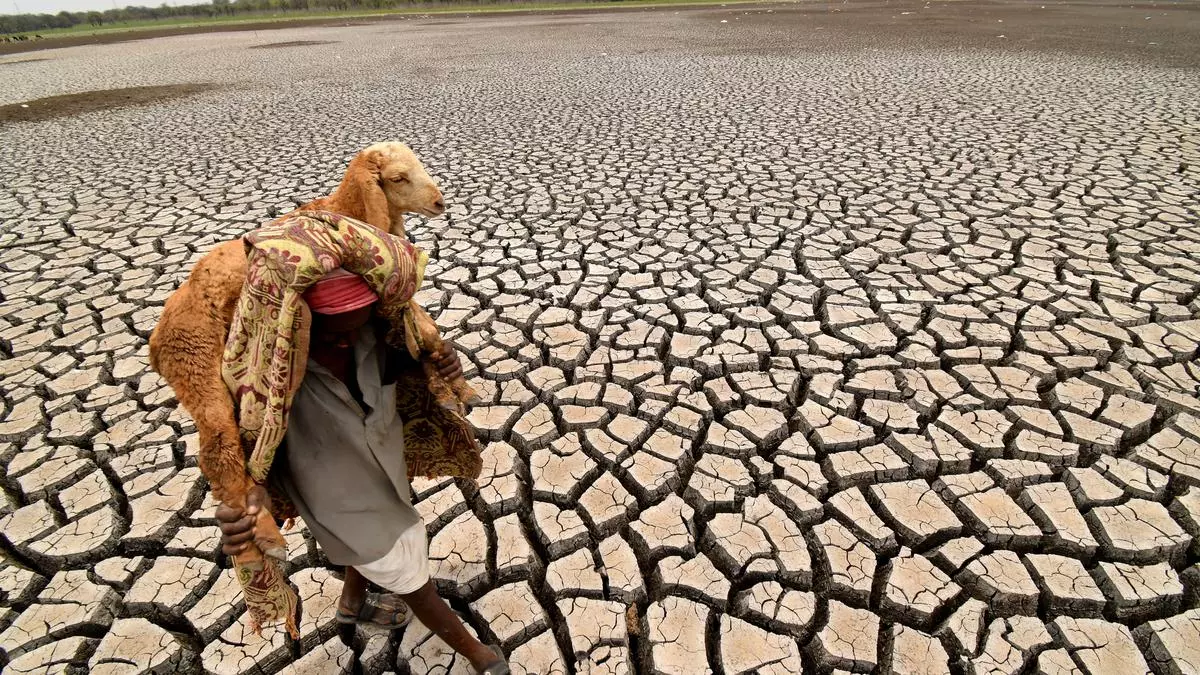El Nino on the wane as ocean warmth is declining, say two global weather agencies
The ocean warmth that led to the El Nino weather pattern evolving since June 2023, has peaked and is declining now. This means, that El Nino is set to end, according to two global weather agencies. “El Nino continues in the tropical Pacific Ocean. Model forecasts and observations indicate sea surface temperatures (SST) in the central tropical Pacific have peaked and are now declining. Sea surface temperatures in the tropical Pacific are expected to return to neutral El Nino–Southern Oscillation (ENSO) levels in the southern hemisphere autumn 2024 (March 20-June 20),” said the Australian Bureau of Meteorology in its Climate Driver Update on Tuesday.
SST anomalies weaken
The Climate Prediction Centre (CPC), an arm of the US National Oceanic and Atmospheric Administration (NOAA), said in its weekly update on Monday, that, since December 2023, positive SST anomalies have weakened slightly across most of the Pacific. “More significant weakening has occurred in the far-eastern Pacific,” it said.
One of the key indicators for the El Nino weather pattern, which results in prolonged dry period and drought in Asia, is that in the last couple of weeks, negative OLR (Outgoing Longwave Radiation) anomalies have shifted from the Indian Ocean to the western and central equatorial Pacific Ocean, while positive OLR anomalies have shifted toward Indonesia.
Negative OLR anomalies are typical of El Nino episodes and positive OLR anomalies shifting towards Indonesia means the warm ocean water phenomenon is heading towards an end.
Australian monsoon delayed
The Australian Bureau of Meteorology said most atmospheric indicators are close to normal levels. “The Indian Ocean Dipole (IOD) has returned to neutral, with the latest weekly IOD index (to 4 February 2024) being below +0.4 °C (the positive IOD threshold) for the second consecutive week,” it said.
IOD events typically break down as the monsoon trough shifts south into the southern hemisphere. Due to the strength of the positive IOD in 2023, the Australian monsoon was delayed. “The majority of model forecasts indicate the IOD will be neutral until at least April, consistent with the annual cycle of the IOD,” the Australian weather agency said.
It said the Madden–Julian Oscillation (MJO), which influences the timing, development and strength of the major global monsoon patterns including the Indian and Australian monsoons, is currently over the central Pacific. “International climate models suggest the MJO is likely to remain in the central Pacific during the coming fortnight. When the MJO is in the central Pacific region, it may also weaken trade winds in the central to western Pacific, which is likely to temporarily stall cooling SSTs associated with El Nino decline; SSTs across parts of the Pacific have indeed increased slightly over the past week,” the Bureau of Meteorology cautioned.
2023 warmest on record
The CPC reiterated its forecast that ENSO will turn neutral during April-June this year.
The El Nino led to 2023 being the warmest year on record with each month since June 2023 being warmer than the other. For India, the weather pattern resulted in the driest August in 120 years. The El Nino saw at least 25 per cent of India under drought till December, while over 60 per cent of the country received deficient, highly deficient or no rainfall in January.
